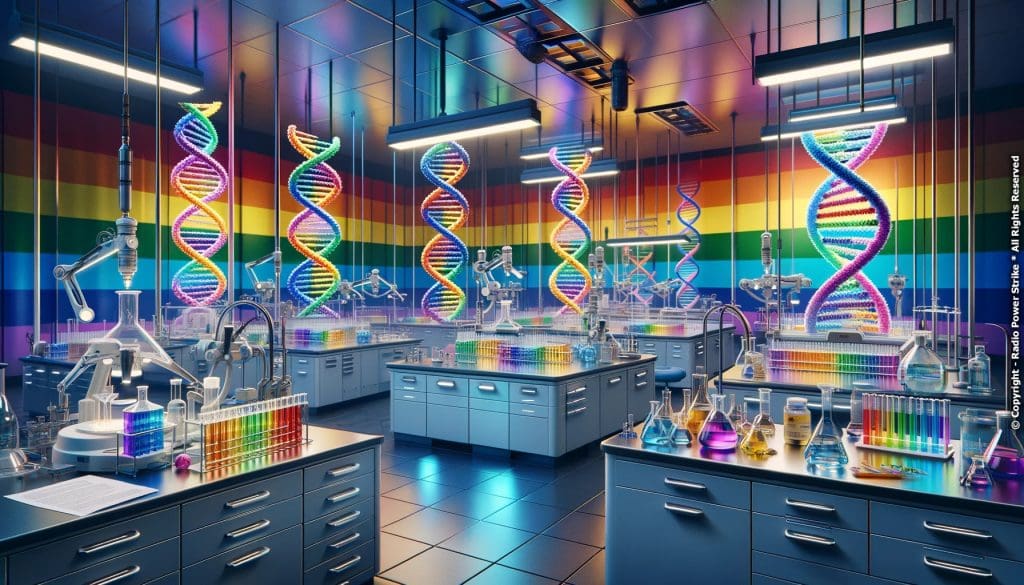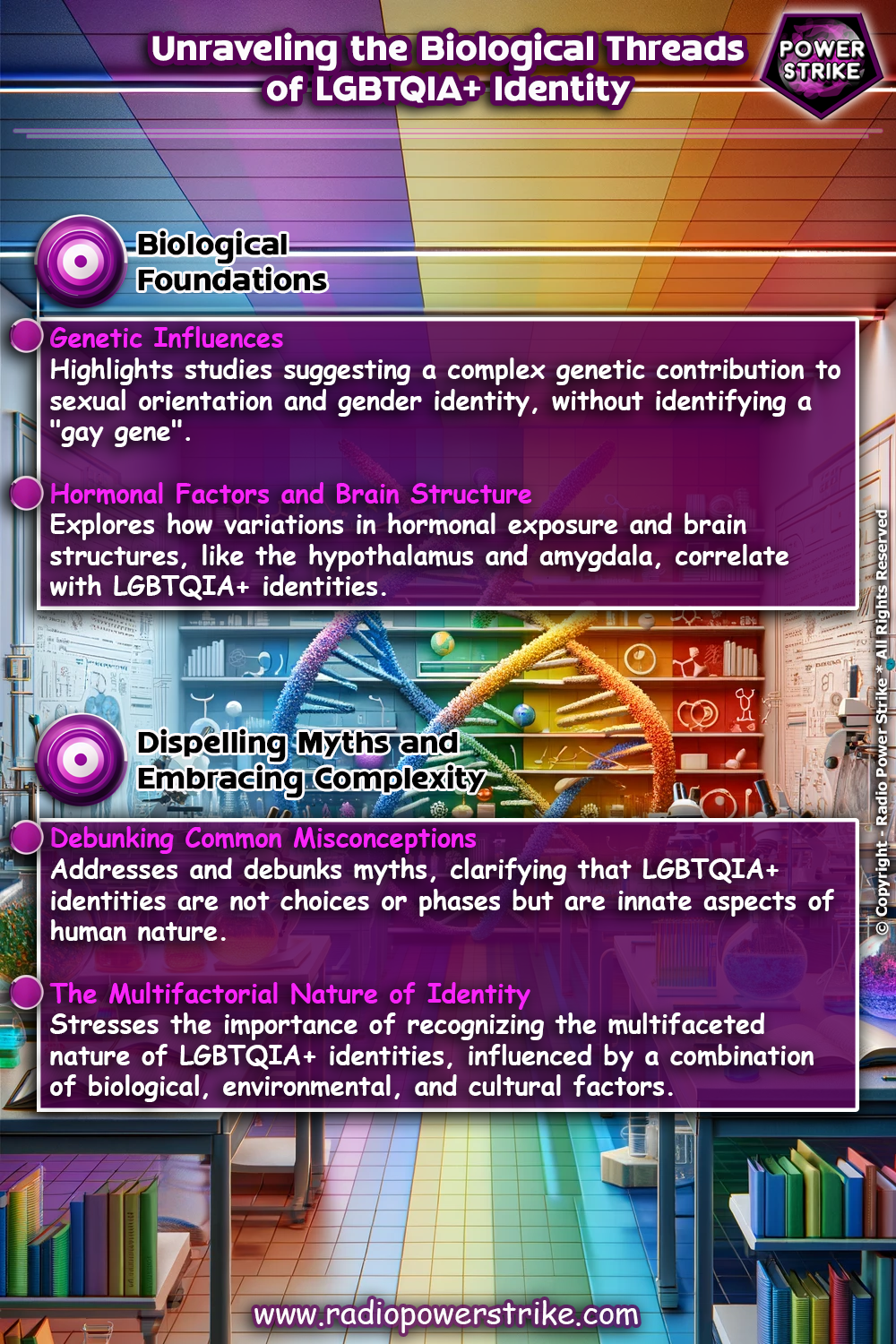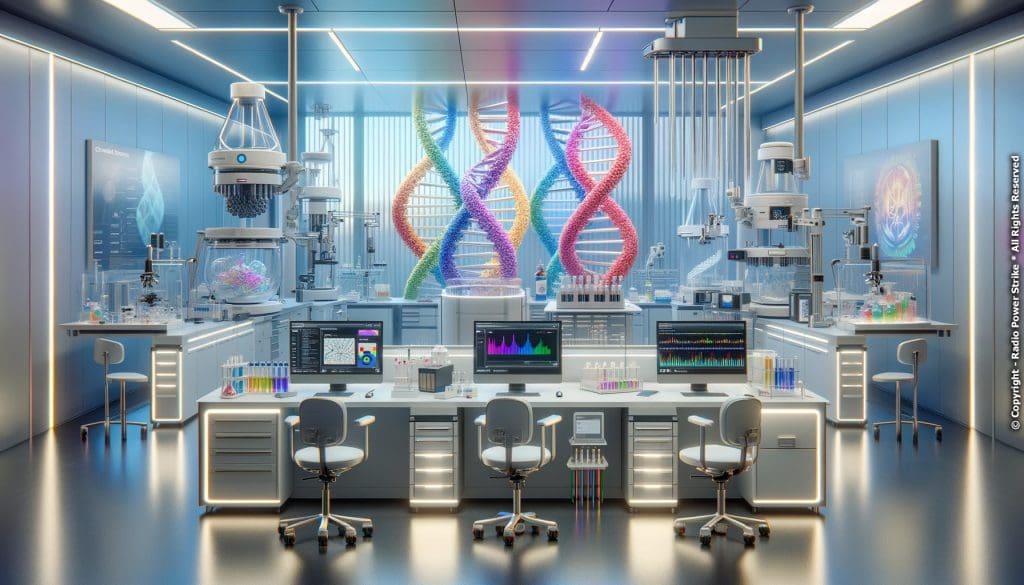The Science of Being Queer: A Look at LGBTQIA+ Biology
Deciphering the Biological Nuances of LGBTQIA+ Identity
Listen to this article: [player id=25006]

The intersection of biology and LGBTQIA+ identity has been an area of considerable interest and research. It involves a complex interplay of genetics, hormones, and brain structures. While understanding these biological aspects is essential, it’s crucial to remember that human identity is multifaceted, with culture, environment, and personal experiences playing equally significant roles. In this article, we’ll dive deep into the science behind LGBTQIA+ biology, aiming to dispel misconceptions and foster greater acceptance.

Genetics: Are There “Queer Genes”?
Over the years, there has been a surge in studies aiming to find a genetic link to LGBTQIA+ identities. While no singular “gay gene” has been identified, research suggests that multiple genes might influence sexual orientation and gender identity.
For instance, a 2019 study in the journal “Science” explored the genomes of nearly half a million people, uncovering several genetic markers associated with same-sex sexual behavior. However, these genes combined explain only a fraction of the variation in sexual behavior among individuals.
These findings emphasize the importance of understanding sexuality and gender as a spectrum, with genetics playing a role but not being the sole determinant.
Hormonal Influence and Brain Structures
Another field of study involves the role of hormones during fetal development and their potential influence on gender identity and sexual orientation. Variations in hormonal exposure in the womb could lead to differences in the development of certain brain structures associated with gender and sexuality.
Neuroscientific studies have observed variations in brain regions like the hypothalamus and amygdala among individuals of different sexual orientations. However, it’s essential to approach such findings with caution, recognizing the risk of over-simplifying the vast complexities of human sexuality and gender.
Debunking Myths and Misconceptions

One of the significant challenges when discussing the biology of LGBTQIA+ identities is the perpetuation of myths and misconceptions. Assertions like “being queer is a choice” or “it’s just a phase” are not only scientifically unfounded but also harmful.
Research continuously underscores the innate nature of LGBTQIA+ identities. For example, studies on identical twins have shown a higher concordance rate for same-sex attraction compared to non-identical twins, suggesting a genetic component.
It’s crucial, however, to use this scientific evidence responsibly, avoiding deterministic viewpoints and understanding the multifactorial nature of LGBTQIA+ identities.
Diving into the science of LGBTQIA+ biology offers a fascinating glimpse into the intricacies of human identity. While biology provides pieces of the puzzle, it’s essential to remember that individual experiences, societal constructs, and personal narratives are equally vital in shaping who we are. Embracing both the scientific and personal aspects of LGBTQIA+ identities allows for a more comprehensive, empathetic, and informed understanding, paving the way for greater inclusivity and acceptance.

Comments are closed, but trackbacks and pingbacks are open.